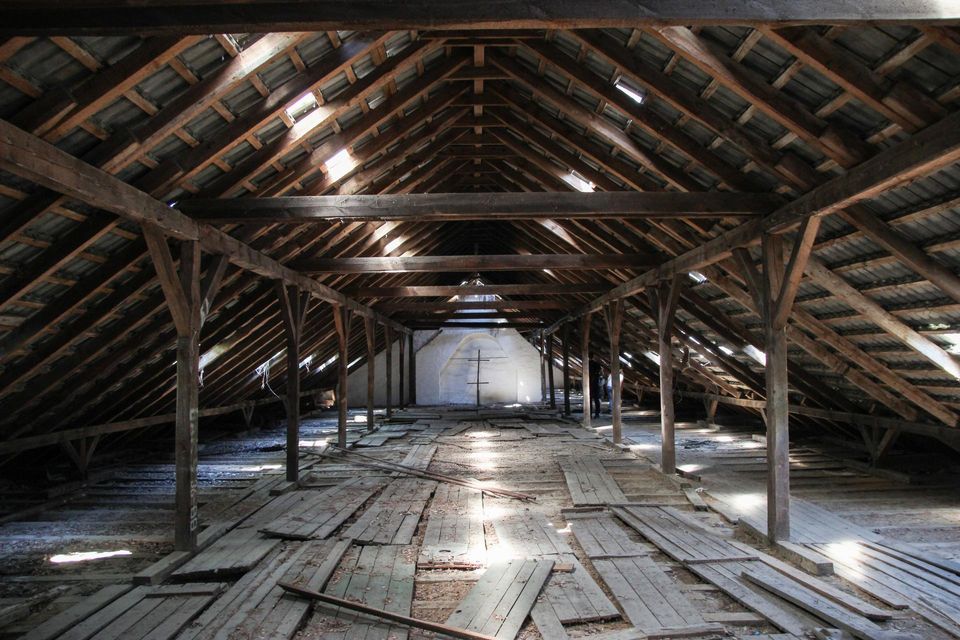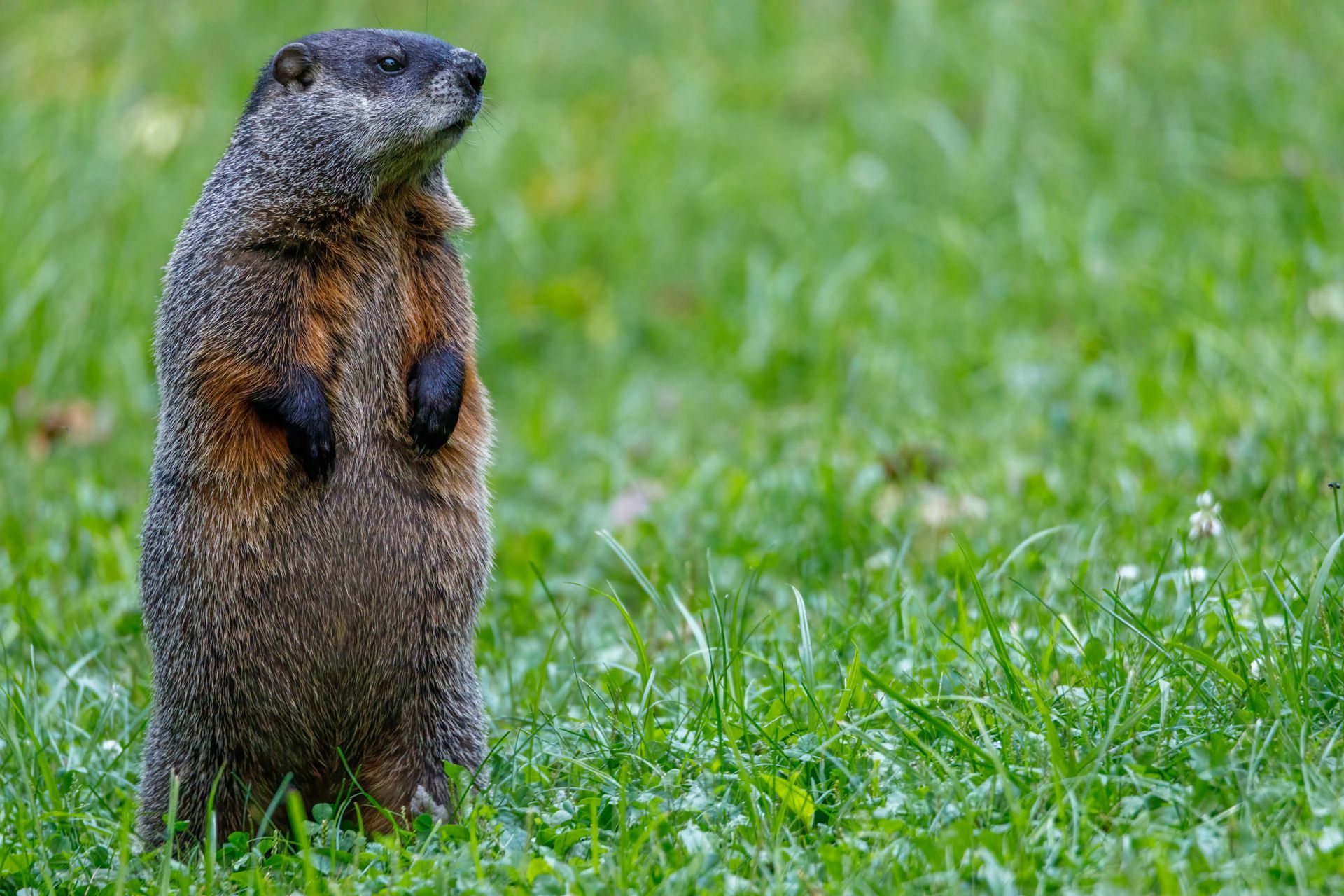What Damage Can Squirrels Cause in My Attic?
Do Not Risk Squirrel Damage in Your Attic - Get Rid of Them Now
No family wants to live in a house with pests, and there are all sorts of creatures that might affect a home. For example, you might find that your home has a termite problem, and start to figure out who you can hire to help your issue. You may also figure out that you have a rodent problem or bedbug problem, which can affect your family’s health and overall quality of life.
You might not always think about “squirrels” when it comes to house damage, but the truth is that they can affect many different aspects of your house. Here are some examples of how a squirrel can end up causing more harm to your home than you thought they could.
Dangerous Electrical Damage
Rodents tend to enjoy chewing on certain objects, and squirrels are no exception. You might think that a squirrel looks cute when it scurries across your backyard. However, these creatures might actually chew through electrical wires and force you to spend more time and money on repairs. In fact, squirrels are one of the top reasons for public power outages in the United States.
Rodents keep chewing on objects in order to keep their teeth sharp, and that’s one of the reasons why squirrels love chewing on wire. Some have suggested that they prefer the texture of electrical wire, for whatever reason.
If you find out that there are squirrels in your home, there’s one very important question that you need to ask: How long have they been there? Squirrels have been known to enter attics, but have squirrels been breeding in your attic for some time? If so, you might also be concerned about dead squirrels, and the accompanying parasites/diseases/odors involved.
If squirrels are breeding in your attic, it will (of course) only lead to more damage. This is an extremely important aspect to consider before addressing your squirrel issue. In addition, squirrels might also fall into wall cavities, where they often scratch the wall until they die. It might sound a bit grim, but it happens quite often.
______________
SQUIRRELS IN YOUR ATTIC? GET RID OF THEM NATURALLY - CLICK HERE
______________
Squirrels Can Destroy Your Things
There are many families that use their attic and/or basement as a storage area. Often times, they might even leave their most treasured belongings in the attic, such as heirlooms, old clothes, photographs, and more. If squirrels are building a nest, they will look to tear anything closeby - whether it’s a box, bureau, or books - in order to help form one.
This is obviously a situation in which a squirrel does much more than physical damage - they might actually cause your family emotional damage based on what they destroy.
What They Bring
If squirrels are living in your attic, that means that there is also squirrel feces and urine. It also might mean that there is more mold and mildew in your home, which can affect your health significantly. This is one of the reasons that you will want to address your rodent problem as soon as possible.
Critter Repellent All Natural Animal Repellent Blog













